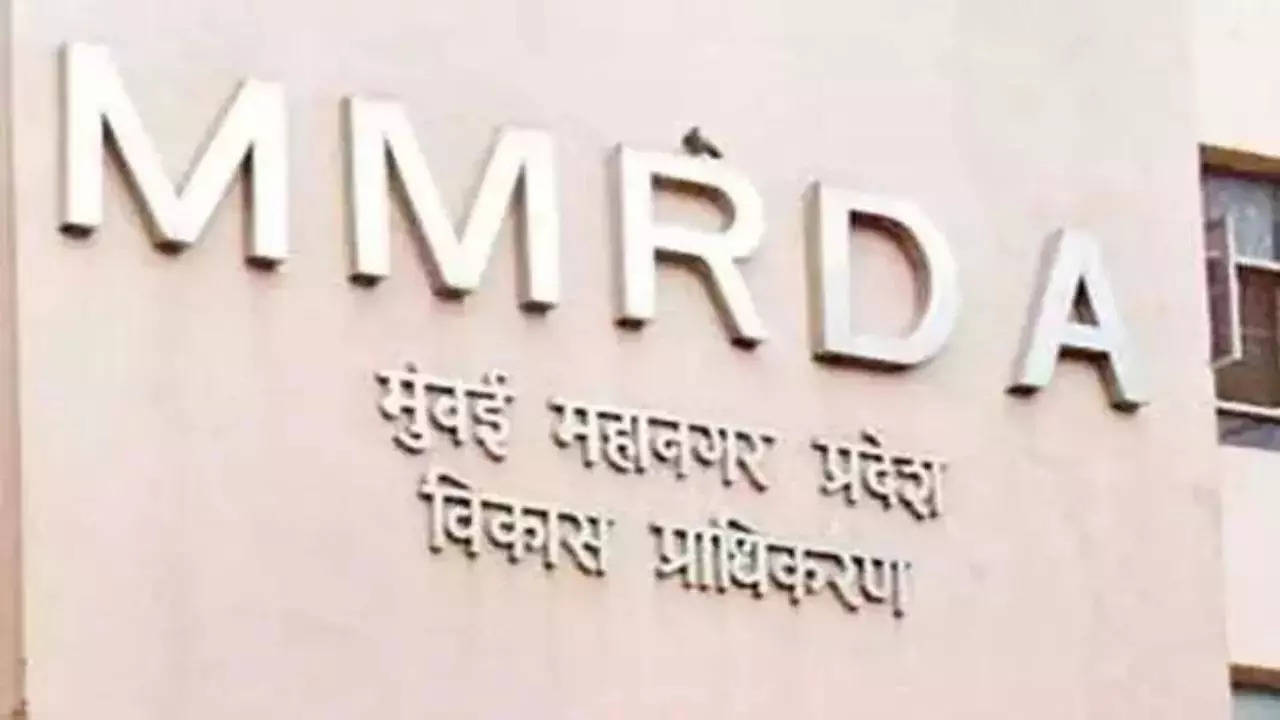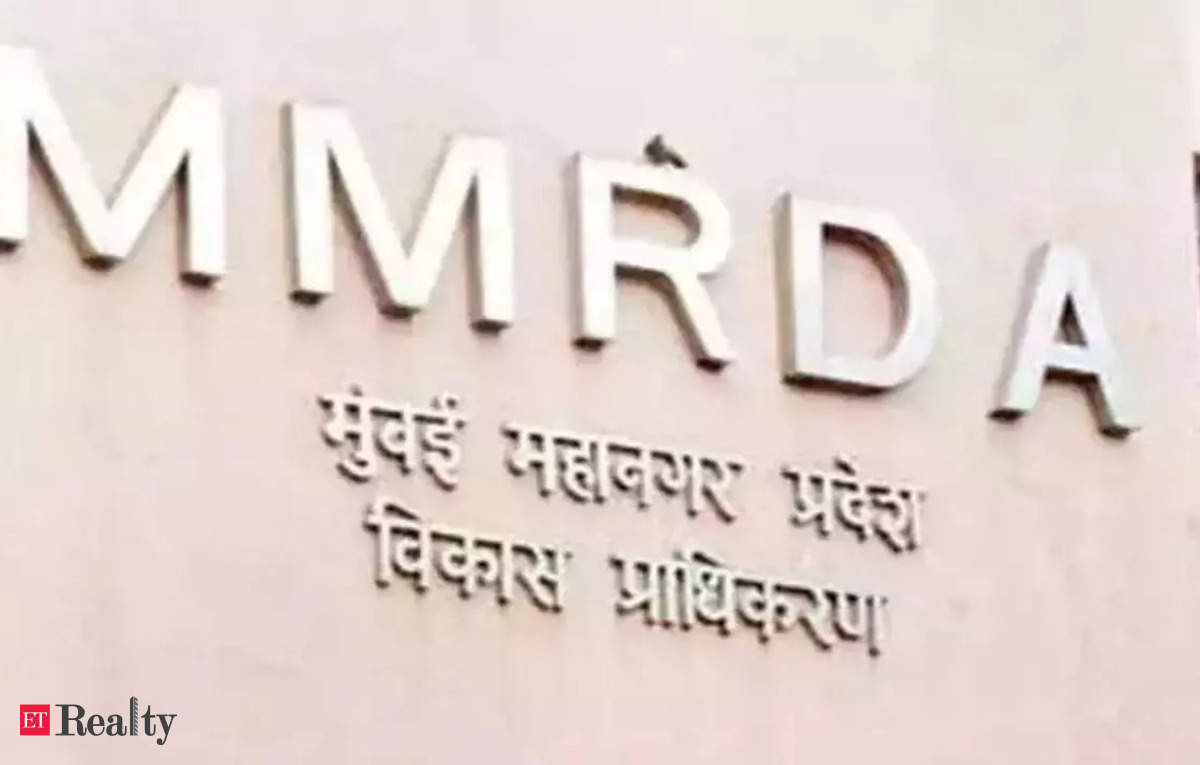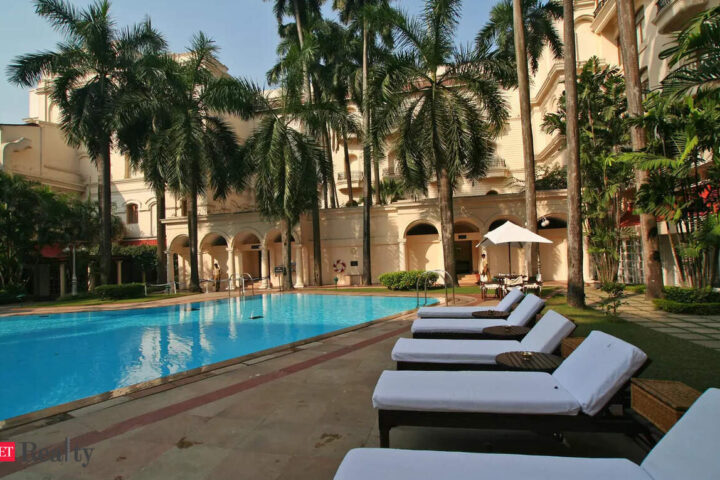
MUMBAI: In one of its final Government Resolutions (GR), issued on Oct 15—the day the code of conduct was enforced—the state govt appointed the Mumbai Metropolitan Region Development Authority (MMRDA) as the “New Town Development Authority” (NTDA) for the proposed ‘Third Mumbai.’ This area encompasses the Navi Mumbai end of the Mumbai Trans Harbour Link (MTHL).
As per the GR, MMRDA is now responsible for preparing and publishing detailed Planning Proposals and Development Control & Promotion Regulations for the designated ‘Notified Area.’ The authority has also been granted the power to acquire land within this notified area and has been instructed to make necessary budgetary provisions for the land acquisition process.
The Third Mumbai primarily includes areas falling within the influence zone of the recently inaugurated MTHL. Given the significant potential of this project to boost economic development, the state govt aims to capitalise on the expected benefits that will arise from the MTHL.
On Dec 12, MMRDA was formally appointed as the NTDA for a 334 sq km area within the MTHL influence zone. With the latest GR, MMRDA can now take concrete steps to set the wheels in motion for developing this new city.
The Third Mumbai spans 324 sq km and consists of 124 villages. Of these, 80 villages fall under the Navi Mumbai Airport Influence Notified Area (NAINA), 33 under the Khopta New Town Notified Area, 2 under the Mumbai Metropolitan Regional Plan, and 9 under the Raigad Regional Plan.
MMRDA envisions the development of this area as a sustainable, livable, greenfield business hub. The new city will feature smart city amenities, mixed-use spaces, and integrated residential areas, all aimed at fostering job creation and economic growth in the Mumbai Metropolitan Region (MMR).
Though MMRDA faces financial constraints, it plans to follow the Cidco model for funding, where developed land is offered as compensation instead of direct monetary settlements. Significant investments are planned by MMRDA to enhance existing infrastructure and create new developments in the region.














